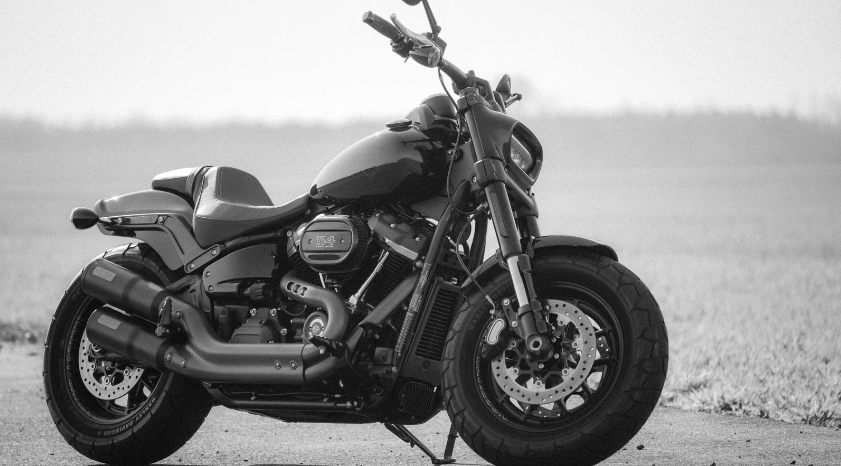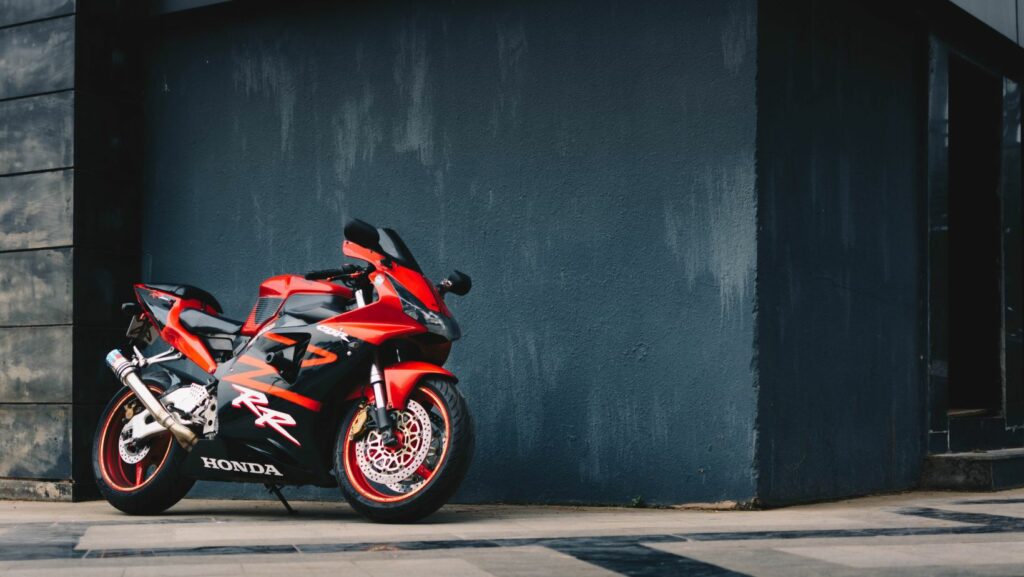
The 1960 Honda motorcycle holds a special place in the history of motorcycling. With its sleek design and cutting-edge features, it revolutionized the industry and became an iconic symbol of freedom and adventure on two wheels.
One of the standout features of the 1960 Honda motorcycle was its powerful engine. Equipped with a robust and reliable motor, it offered riders an exhilarating experience on both city streets and open highways. Whether cruising at top speeds or navigating through tight corners, this motorcycle delivered exceptional performance that set it apart from its competitors.
1960 Honda Motorcycle
The Birth of Honda Motorcycles
When it comes to the history of motorcycles, one cannot overlook the significant contribution made by Honda. The journey of Honda motorcycles began in 1949 when Soichiro Honda, a talented engineer and visionary, founded the company. Initially focused on producing small engines for bicycles, Honda soon realized the potential for creating their own motorcycles.
In 1951, Honda introduced their first complete motorcycle model: the Dream Type D. This lightweight bike featured a 98cc engine and quickly gained popularity in Japan. With its affordable price tag and reliable performance, it paved the way for future successes.

Early Innovations and Models
As time passed, Honda continued to push boundaries with innovative designs and technological advancements. In 1958, they released the iconic Super Cub C100 – a step-through scooter-like motorcycle that would go on to become one of the best-selling motor vehicles in history. Its simple design, ease of use, and fuel efficiency appealed to a wide range of riders around the world.
During this period, Honda also ventured into racing, showcasing their engineering prowess and competitive spirit. In 1959, they entered the Isle of Man TT race – one of the most prestigious motorcycle races in the world – marking their entry into international racing competitions.
-
Introduction to Honda’s Journey:
- In the early 1960s, Honda made its first major impact on the global stage with models like the Super Cub and CB series.
- These motorcycles captured attention with their sleek designs, superior performance, and ease of use, appealing to both casual riders and serious enthusiasts.
- As more riders experienced the quality and dependability of Honda motorcycles, word quickly spread about their superiority over other brands.
-
Expanding Global Presence:
- One key factor contributing to Honda’s rise was their expansion into international markets during this decade.
- By establishing manufacturing plants outside Japan in countries such as Belgium and Thailand, Honda successfully tapped into new customer bases.
- This strategic move not only allowed them to reach a wider audience but also helped reduce production costs and increase profitability.
-
Dominating Motorcycle Racing:
- Another pivotal moment for Honda came through their participation in motorcycle racing events during the 1960s.
- By actively engaging in competitions like Grand Prix racing, Isle of Man TT races, and American Motorcyclist Association (AMA) events, Honda showcased its technological prowess while gaining invaluable exposure worldwide.
- The triumphs achieved on racetracks by iconic riders like Mike Hailwood further solidified Honda’s reputation for excellence.
-
Embracing Innovation:
- Throughout the 1960s, Honda continued to push boundaries by introducing groundbreaking technologies.
- Notable advancements included front disc brakes (CB450), four-cylinder engines (CB750), and the introduction of the first mass-produced motorcycle with electric start (CB77).
- These innovations not only enhanced performance and safety but also set new industry standards, captivating riders who sought cutting-edge features.
-
Impact on Motorcycle Culture:
- Honda’s rise in the 1960s left an indelible mark on motorcycle culture, transcending mere transportation.
- Their motorcycles became symbols of freedom, rebellion, and adventure, influencing pop culture and inspiring a generation of riders.
- From Hollywood movies to counterculture movements like Easy Rider, Honda motorcycles captured the imagination of people worldwide.
In conclusion, from humble beginnings to global recognition, the history of Honda motorcycles is a testament to their pioneering spirit and dedication to excellence. Through constant innovation and iconic models like the Dream Type D and CB750 Four, Honda not only revolutionized motorcycling but also captured the hearts of riders around the world. The 1960s marked a significant period of growth and success for Honda in the motorcycle industry. During this time, Honda emerged as a dominant force, revolutionizing the market with their innovative designs, reliability, and affordable pricing.



